Welcome to another Manic Monday. Today I have J.S. Dunn in the house.
J. S. Dunn lived in Ireland during the past decade and from there pursued the early Bronze Age in travel and research along the north Atlantic. Dunn is at work on a second novel set in the Bronze Age, primarily in ancient Eire.
The author’s website, www.jsdunnbooks.com, contains web links to find photos and interesting information about the objects and places depicted in Bending The Boyne. More on the new concepts about “Celts” and the early origin of the Gaelic language can be found in Celtic From The West (Cunliffe and Koch, editors, 2010, Oxford Press). See also www.newgrange.com.
Embrace Winter Solstice And The Reborn Sun by J.S. Dunn
Find your inner astronomer at Europe’s largest passage mounds. The Boyne mounds in Ireland are older than the Pyramids, and Stonehenge. In our era almost five thousand years later, winter solstice sunrise still penetrates into the central mound of Newgrange and lights the inner chamber. Thank you J.E. Taylor, for inviting a blog post on the astronomy behind Bending The Boyne.
For around ten sunrises in December, sunlight penetrates 60-plus feet into the central chamber, washing the carved stones in golden light. If you visit the Boyne, with the over 200,000 annual visitors, you can view the solstice event enacted. It’s an incredible sensation to stand inside the great mound in utter dark while light creeps the long passage then bursts dazzling and filling the inner chamber. (To experience the actual solstice sunrise one must enter a lottery, booked several years ahead.)
Solstice occurs when the earth tilts at a maximum away from the sun, for those in the northern hemisphere. There is little reason to depict the ancients viewing this with fear; in fact, over the millennia many cultures carefully charted solstice. At the Boyne then and now, the people watch with awe when the great mound functions as it should, showing the reborn sun that would bring spring’s bounty.
The Boyne astronomy culture had the action, it was the power center for the north Atlantic. Each mound had specific duties in the solar calendar. How did these great mounds fall into disuse? No doubt the solstice light show led to the myth that these mounds contained hidden gold. Bending The Boyne uses the latest concepts about the ancient Gaels (later called Celts by Greeks and Romans) in a tale of greed and gold when marauders arrive at the Boyne around 2200 BC.
Boann, the female protagonist, comes from the earliest Irish myths where she appears briefly in a tangled story that mentions the birth of her son Aengus. “...they made the sun stand still to the end of nine months / strange the tale...” Her son Aengus, born at winter solstice, symbolizes the astronomy practiced at the mounds.
Though modern “druids” gather here and at Stonehenge for the solstice, these sites were built thousands of years earlier and belong to a time before any mumbling druids or Iron Age beliefs and rituals...
Thanks for swinging in! Don’t forget, I’ve got Martin Lake on Friday. In the meantime – Happy Thanksgiving!
Until next time,
Ciao
JET
Subscribe to:
Post Comments (Atom)


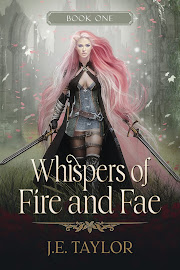


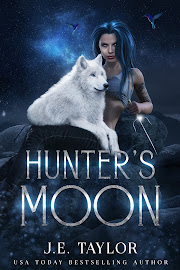





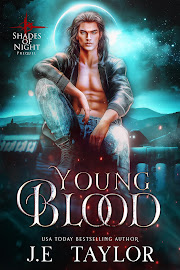

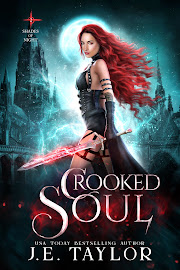
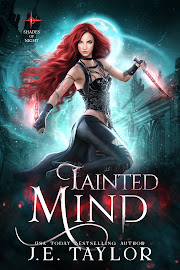



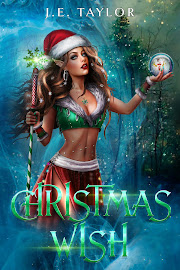


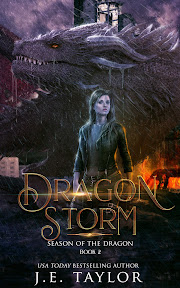





















































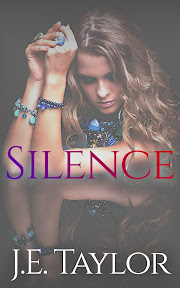

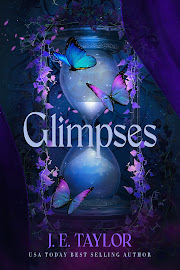
No comments:
Post a Comment